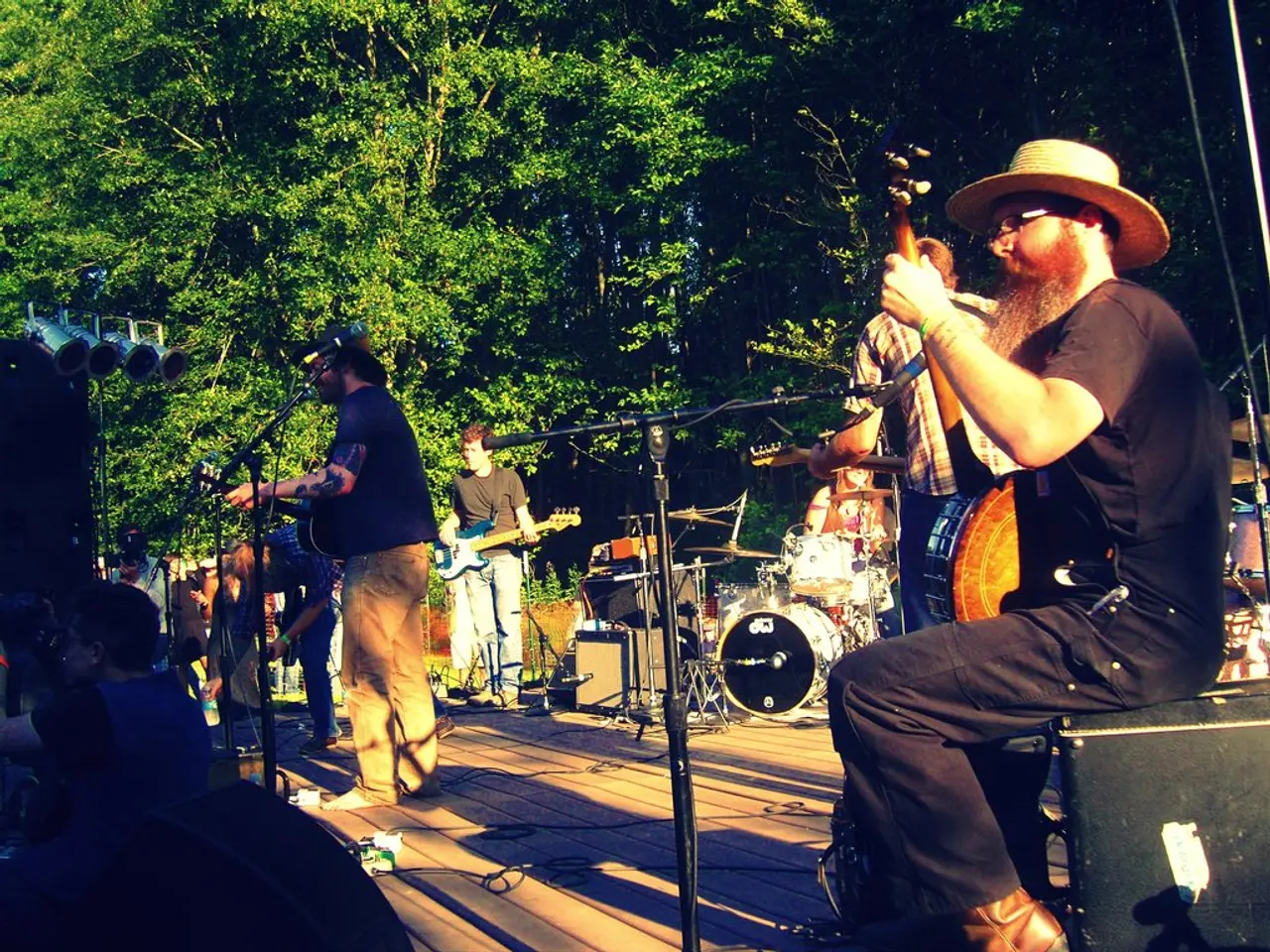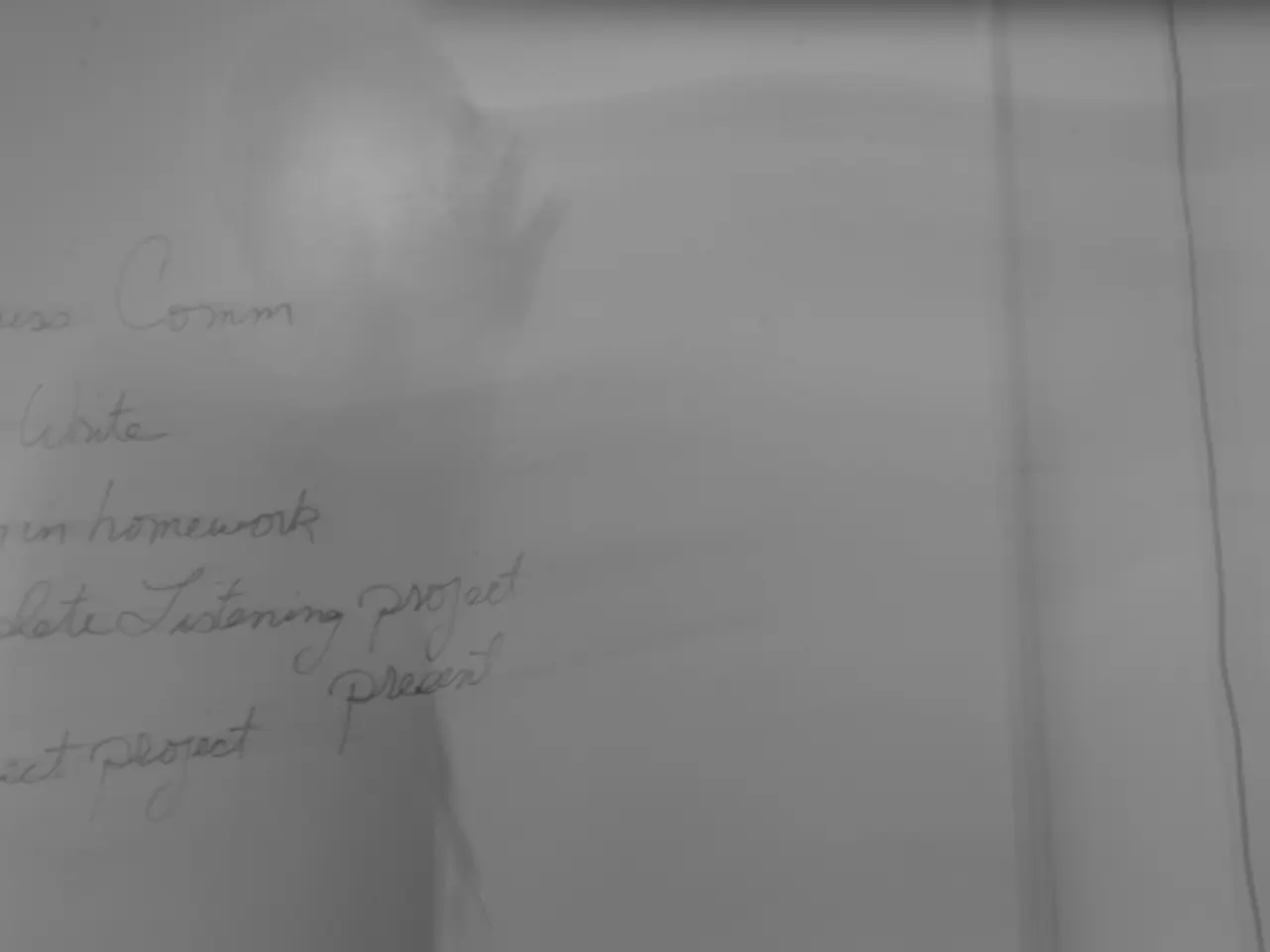Essential Structures in Music: Triads - Foundational Elements of Chords
Triads, the fundamental three-note chords, are the basic building blocks of harmony in Western music. Constructed by stacking two intervals of a third, they typically consist of a root, third, and fifth note [1][3]. These simple yet powerful chords serve as the foundation for an array of musical applications in composition and performance.
The Role of Triads in Music Composition and Performance
Foundation of Harmony
Triads form the core chords that define a key or tonality. Composers use triads to establish and progress harmonic structures in compositions, shaping the overall musical character [1].
Chord Progressions
By combining triads into sequences or progressions, composers create movement and emotional expression in music. Different triad qualities (major, minor, diminished) offer varied emotional colors—from stability to tension [1][2].
Inversions and Voicings
Triads can be played in root position or inverted (1st or 2nd inversion), which affects the bass note and texture. Inversions allow smoother voice leading and more interesting harmonic textures in both composition and performance [1].
Expressive Tension and Resolution
For example, diminished triads, which occur naturally on the seventh scale degree, create tension due to their dissonant tritone interval, leading strongly to resolution on tonic triads. This tension-release mechanism is a key expressive device [2][4].
Building More Complex Chords
Triads serve as the foundation upon which extended chords (sevenths, ninths, altered chords) are built. Understanding triads helps musicians analyze, interpret, and build more exotic chords and harmonies [3].
Practical Use in Performance
Musicians rely on triads for improvisation, accompaniment, and part-writing. Because triads encapsulate the harmonic essence of a chord, performers across genres—classical, jazz, pop—use them as building blocks for spontaneous or composed music.
Key Takeaways
- Triads are the essential building blocks of Western harmony, employed extensively in composition and performance to define tonality, create progression and expression, and support more complex harmonic structures [1][2][3][4].
- Triadic motion is a useful technique for improvising, providing an alternative to stepwise motion up and down the scale.
- First inversion features the third of the chord in the lowest voice with the fifth and tonic above.
- Inversions change the feel of the chord without altering its quality or harmonic function.
- Associating scale degrees with chords and their harmonic function is one of the best ways to grow music theory knowledge.
- The four triad qualities are major triad (1 3 5), minor triad (1 b3 5), diminished triad (1 b3 b5), and augmented triad (1 3, #5).
- Learning triads can help you feel at home on your instrument.
[1] Palmer, T. (2014). "The Theory of Harmony". Oxford University Press. [2] Schubert, A. C. (2007). "Counterpoint". W. W. Norton & Company. [3] Cuddy, M. (2006). "Jazz Improvisation: A Guided Approach". Oxford University Press. [4] Burns, R. (2012). "The Jazz Theory Book". Alfred Music Publishing.
Gadgets and technology have revolutionized music distribution, making it easier for aspiring musicians to share their compositions containing complex chords, like triads, that form the basis of harmony in Western music. For bookworms eager to expand their entertainment repertoire, there are numerous resources on music theory, including works on harmony by Palmer, Schubert, Cuddy, and Burns [1][2][3][4].




